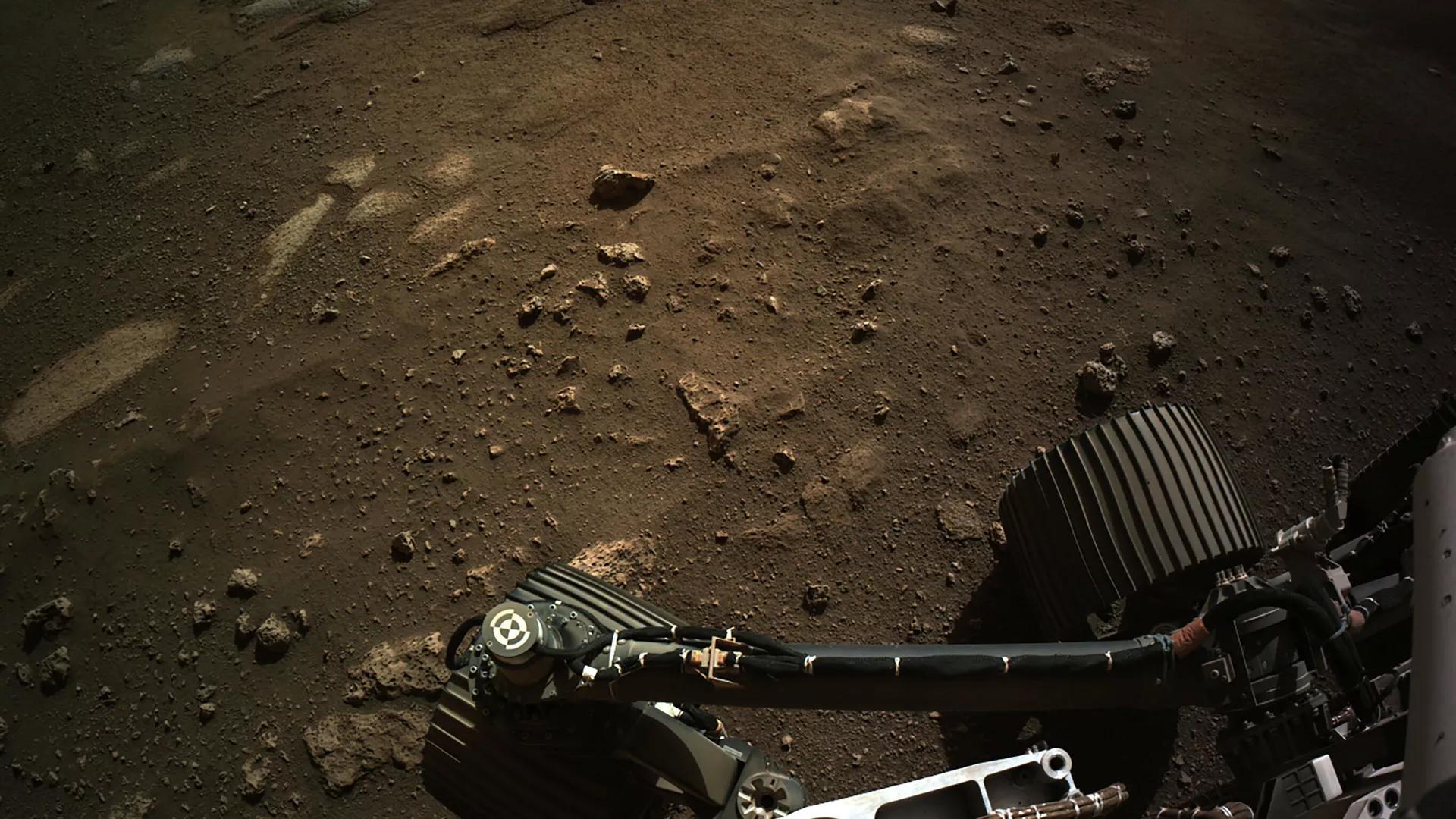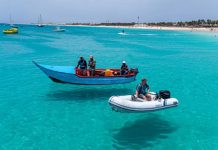Africa-Press – Cape verde. NASA’s Perseverance rover started its exploration of Mars after landing in the Red Planet’s Jezero Crater in February 2021. It has been tasked with collecting samples of rock and other materials from the Martian surface.
The National Aeronautics and Space Administration’s (NASA) Mars 2020 mission landed the Perseverance rover in the rocky planet’s Jezero crater in February 2021. It was to collect multiple samples and pack them into cylinders for later return. Perseverance collected its first rock sample on September 6, 2021, with a total of 30 such samples planned for collection.
Stored inside airtight titanium tubes, samples will be sent back to Earth sometime in the early 2030s. The Mars Sample Return would use robotic systems and a Mars ascent rocket to send samples of Martian rocks, soils and atmosphere to Earth for detailed chemical and physical analysis.
Recently, NASA and its partner, the European Space Agency (ESA) released a fact sheet that covers what will happen during the first stage of that ambitious return of samples to Earth. The return is set to take place in the middle of the US desert, in an area called the Utah Test and Training Range (UTTR).
The site was selected as offering relatively easy access to advanced laboratory equipment, allowing NASA to quarantine the chunk of Martian rock to be kept separate from the wider Earth environment. Secure containment is imperative to rule out the “unlikely” event of a Martian “superbug” being released, according to Universe Today. This is why a water landing site was eliminated. There was the danger that the capsule could sink into the ocean.
As for the method of landing selected for the MSR capsule, it is to fall to the ground using only aero-braking – significantly faster than any parachute-assisted capsule returns. According to NASA’s calculations, both the samples and their containers should survive the impact.
The agency is already performing testing using a mock-up of the MSR’s sample return capsule, with a series of 1.3-meter-wide craters illustrating how the impact is likely to affect the landscape. Safely transporting the samples to a laboratory where they can be properly studied would be the next step – an aspect of the program that hasn’t been defined yet.
For More News And Analysis About Cape verde Follow Africa-Press






